#Otherworld
Text

3K notes
·
View notes
Text
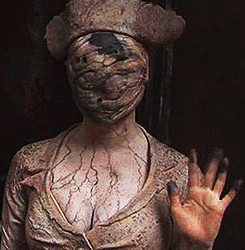

Silent Hill Movie - Dark Nurse
#silent hill#silent hill movie#movie#horror#dark nurse#silent hill nurse#nurse silent hill#nurse#sexy nurse#otherworld
2K notes
·
View notes
Text
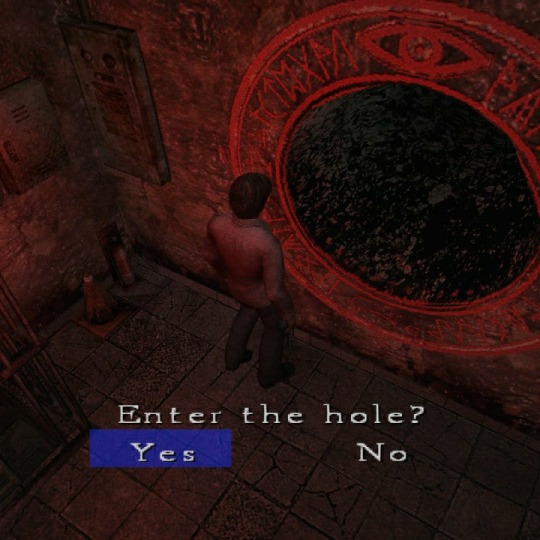
SILENT HILL 4: THE ROOM.
#teamsilenthill#sh4#sh4 the room#silent hill 4#silent hill 4 the room#konami#team silent#henry townshend#otherworld#enter the hole#silent hill#silenthilledit#horror games#survival horror#videogameedit#videogamesdaily#gamingnation#gamingnetwork#gamingedit
6K notes
·
View notes
Text










By Peter Trapasso
#nestedneons#cyberpunk#cyberpunk art#cyberpunk aesthetic#art#cyberpunk artist#cyberwave#megacity#futuristic city#scifi#scifi girl#outher space#otherworld#galaxy#galaxycore#galaxypunk#spaceships#scifi art#scifi aesthetic#ai art#thisisaiart#cyberpunk neon city#neon city#neoncore#neon art#neon aesthetic
196 notes
·
View notes
Text


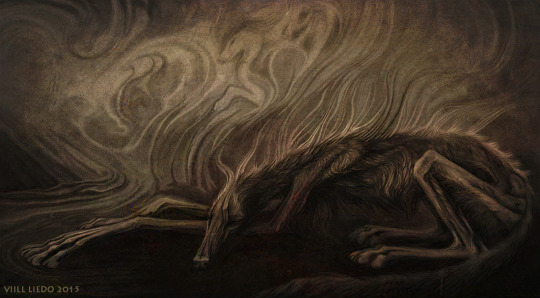





Some of my old art from 2015 ~
Reflections of the old worlds. Dark and otherworldly, associated with earth and death. Internal struggle, and a comfort of decadence. Dreaming...
I like certain periods in my art, it's atmosphere, "smell" and "music", and how it reflects my inner world. I also like these drawings because they were completely intuitive, usually unrelated to any lore, characters or stories at all, although sometimes very small parts of my worlds, characters and stories appeared in them. But mostly these drawings were about feeling, they are a lot like music. Often when I started drawing I didn't imagine what I want to draw at all, just letting my feelings to lead my hand. I lost my ability to draw like this and sometimes I really miss it. I miss art that was about feeling.

#art#digital drawing#digital painting#fantasy art#creature art#personal art#dark art#fantasy#otherworld#old art#memories#Villiedoom
361 notes
·
View notes
Text

#silent hill 2#brookhaven hospital#otherworld#survival horror#horror game#dark corridor#darkness#silent hill 2 enhanced edition#game screenshots#virtual photography
153 notes
·
View notes
Text



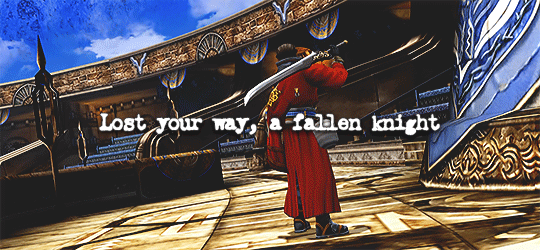
An otherworld awaits you.
243 notes
·
View notes
Text

DC Dark Week Prompts 2024
Use these daily prompts to stoke your insidious ideas. See how many individual tiles you can cross off your card, or try and conquer a sequence. Post your cards at the end of DC Dark Week to show off your progress!
Day 1 - Body Horror - May 5th
Day 2 - Consent Issues - May 6th
Day 3 - Interpersonal Dynamics - May 7th
Day 4 - Reprieve - May 8th
Day 5 - Power & Control - May 9th
Day 6 - Graphic Violence - May 10th
Day 7 - Otherworld - May 11th
Click each day to see the full prompts with their theme inspirations. Be sure to mute the tags for any content you wish to avoid.
#dcdarkweek#prompts#body horror#consent issues#interpersonal dynamics#reprieve#power and control#violence#otherworld
78 notes
·
View notes
Text

103 notes
·
View notes
Note
hello,
this may sound like a silly question, but is it possible for someone who is not Irish, scottish, or British to be contacted by the Fae?
thank you!
Hello there.
This isn't a silly question, but it's one I will have to expound on a bit, as opposed to just giving a yes or no answer. I'll also preface this by saying that my personal beliefs will likely be contentious to some, and I encourage readers to take what they find useful and leave the rest if it conflicts with their own paradigm. Most of this comes from a mixture of personal gnosis and theory, and I am not attempting to assert authority on the subject or claim academic accuracy, so please keep that in mind.
To put it very simply, I believe that the Fae are present in every region of the world, and I have highly syncretic beliefs about the nature of the Fae and other spirits in general. For me, the folkloric specifics come down to cultural lenses and the ways that long-term worship and perception shape the expectations and manifestations of the Gloaming Folk. So, no, I don't think one has to be Gaelic or Brythonic in order to cultivate a relationship with the Fae.
For instance, when looking at the Faerie Faith, many people think primarily—if not only—of the insular Celts. The Fair Folk of the English; the Aos Sidhe of the Irish; the Daoine Sìth of the Scottish; the Sheeaghan of the Manx; the Twlwyth Teg of the Welsh; the Spyrysyon of the Cornish; and the Korrigan of the Breton. But in the larger context of Germanic and Scandinavian folklore, there is copious evidence of entities that are undeniably similar to the Fae as they are understood in the Insular Celtic Isles. In fact, the Germanic word Elf is so closely aligned with the term Faery that many people don't even realize or think about the fact that they derive from different cultures. That being said, the Germanic/Scandinavian "lens" of Faerie Lore is probably the other best known by the wider public.
Likewise, there are multiple beings that show up in Slavic mythology and folklore—such as the Vila, the Rusalke, or the Vodyanoy—which are pretty readily accepted as Faeries. I don't know of an overarching term that would necessarily be equivalent, but the folkloric link is still there.
Now, moving into a more controversial aspect of my beliefs, I also happen to think of Angels, Demons, and Djinn in terms of Gloaming Spirits. While I readily admit that millenia of regionally specific belief and veneration form unique "identies" that Spirits of a given culture may align more closely with, I believe that they are all part of one larger "family" of beings who have been interacting with humanity for many thousands of years. I realize that this will likely be considered an egregious oversimplication for some, or possibly even an erasure of the individuality these cultures possess; but for me, the things that make a tradition sacred and unique are not invalidated or snuffed out by by the fact that other cultures may find recognition in them. So, while I do think beings like Angels, Demons, and Djinn are inexorably interrelated, I also fully accept that they are unique and culturally specific. And frankly, I find it hard to believe that others who have engaged in intensive personal gnosis haven't come across similar threads of paradoxical interconnection.
Beyond these, though, I've also pinpointed other entities over the years that I think represent reasonable approximations of the Fae. These include things like:
The Peris of Persian Mythology (Beautiful aerial spirits sometimes known to work with humans called Peri-Kahn, who gained skills and abilities from the relationship. They are generally described as humanoid figures with beautiful wings, who are known for their michevious behavior, though at least one work references them as divine beings denied entry into paradise until such a times as they have atoned—a folkloric motif some will recognize in connection to certain folk-beliefs regarding the Angels and the Fae.)
The Yakshas of Hinduism, Buddhism, and Jainism (Spirits of nature often connected with water, fertility, plants, treasures, and the wilderness. While some are considered benign or benevolent, others are considered more mischevious or sinister, though most are considered capricious. Sometimes associated with ecological forces, and at other times, with the spirits of the dead. )
The Yōkai of Shintō (A diverse array of spirits—often explicitly equivacated with fairies, demons, and/or sprites—known to interact with humans in both benevolent and malevolent capacities. While many of these spirits are quite singular in their uniqueness, others are more recognizable within a broader archetypal folkloric context—such as the Zashiki-warashi, which are described as diminutive domestic sprites known for both their ability to bestow good fortune, and their tendency to perform mischevious pranks.)
The Korpokkur of Ainu Mythology (A race of little folk, associated with the Butterbur plant, who were said to leave gifts under cover of night—as they did not like being seen. They were believed to be the original inhabitants of Japan before the Ainu—which also echoes aspects of Celtic Faerie Lore.)
The Aziza of Dahomean Mythology (A race of supernatural little folk who are said to live in the Wilds—often beneath Anthills or within silk-cotton trees— and use their magic to help humans, as well as providing people with practical knowledge and spiritual wisdom.)
The Yumboes of Wolof Mythology (Spirits of the dead described as little folk with pearly white skin and silver hair who lived beneath hills and come out to dance beneath the Moonlight. They are known to hold great feasts, which humans are sometimes invited to.)
The Hellenic Nymphs, Sirens, and Kobaloi (As many know, Nymphs are animistic spirits of nature, considered beautiful, and known to interact with humans. Likewise, most will have heard of Sirens as beautiful, seductive, and dangerous spirits of the water who are known to entice and drown men. The Kobaloi, in turn, are described as a mischievous race of small goblin-like folk who are fond of playing tricks on human kind.)
The Basque Iratxoak, Laminak, and Mairuak (An Iraxto is a type of domestic Imp or Goblin known to help with human labors in the night, if properly propitiated. A Lamina, on the other hand, is a Water Maiden described similarly to Sirens or Nereids. They are generally understood to have webbed duck feet and long beautiful hair, which they are fond of combing by the waterside. They are known for both their tendency to offer aid to those who show them respect and propitiation, and their tendency to seduce and ensnare men. Some traditions speak of male giants called Mairuak, who are closely associated with Laminak, and are linked by some with the construction of megalithic structures.)
The Duende of Iberian mythology (A term quite similar to 'Faery' in its usage, which encompasses a diverse array of spiritual entities who are generally said to appear as humanoid, though frequently capable of shapeshifting. They are often associated with nature and are known for their involvement with humans—be it helpful, romantic, michevious, or vicious. They include goblin-esque folk known as Trasgu, Water Maidens known as Xana or Anjana, and supernatural beings called Mouros who take refuge beneath the earth and rarely emerge near sites like barrows. The most common conception of a Duende, however, describes them as a mischevious sort of domestic imp or goblin known for their dealings with the human world. )
The Aztec Chaneque (A sprite-like race of little folk who are associated with Elemental forces and are often conceived as guardians of nature. These beings were once propotiated by the Nàhuatl peoples in exchange for protection from blight, intruders, and evil forces. However, they could also inflict harm, and they were known to sometimes kidnap humans and take them to their home in the Underworld of of Mictlàn to be seduced. On an interesting sidenote, one folk-method of protecting against them when traveling in the forest was for a person to turn their clothing inside out—a charm many will recognize from Celtic Faerie Folklore.)
The Mayan Aluxo'ob (Spirits recognized in the mythological traditions of certain Maya peoples, who are generally associated with particular features of nature. They are described as small and humanoid, and they usually remain invisible, though they can assume physical form for the sake of interacting with humans. Sometimes, wandering Aluxo'ob are said to ask for offerings from farmers or travelers and may respond with wrath if refused. If its conditions are respectfully met, however, it is said that an Alux will provide protection, luck, and aid. In fact, some traditions hold that a farmer can erect a specialized form of Spirit House in order to welcome in an Alux that will aid them for a contracted period of time with tending crops, summoning favorable weather, and guarding property. What's more, there exist naming taboos that reflect themes of Celtic Faerie Lore.)
The Guarani Pombero (A spirit particularly important in Paraguay, though it appears in multiple mythological traditions from the surrounding area. The Pombero is generally conceived as a small hairy man who lives in forested areas and abandoned sites, and is known to cause mischief for humans. It is said that the Pombero can become invisible, change shape, and perfectly mimick the sounds of the wild. Usually, he is considered harmless, if mischevious—known for antics like food theft, the loosing of cattle, and the scattering of household objects. Though, he is also known also known to occasionally abduct and/or impregnate women, resulting in the births of hairy children. The Pombero is capable of being appeased, however, through offerings such as cigars, liquor, and honey. It is even said that, if these propitiations are observed consistently for long enough, the Pombero will take a liking to a person or persons and provide protection for their home and posessions, as well as leaving gifts of their own in return.)
The Tupi-Guarani Curupira (A spirit described in the folklore of Paraguay, Amazonia, Brasil, and Argentina as a little man with bright red hair and feet turned backwards, which it uses to obfuscate the trajectory of its footprints. They are said to live in the wild, and will prey on hunters who take more than they need, or who harm animals while they care for their Offspring. They are also said to ocassionally abduct and/or impregnate women, resulting in strange or unexplained births.)
The Iroquois Jogah (A race of magical little folk spoken of in Iroquois lore. They are said to be largely invisible, and an array of phenomena are associated with them, such as mysterious drumming noises, rings of bare earth, disembodied lights, and "bowls" found in stones. Offerings such as tobacco and fingernail parings could be left within these stone bowls, as propitiation to the Jogah. They are fond of mischief and games, though they can also be dangerous if disrespected. It is said, for example, that they will cause illness in homes constructed upon sites that they favor. The Jogah are also known for the variety of sub-groups into which they can be divided, generally associated with particular aspects or features of the natural world.)
& the Māori Patupaiarehe (Beings described in Māori mythology as a pale folk with red or golden hair. They are said to live in the mountains, hills, and deep forests in communities unseen by human eyes. They are known to influence the mist and clouds, to play music sweeter than that of any human hand, and were said to sometimes act with hostility towards humans who encroach or intrude upon their land. Despite this, however, most traditions state that Māori are able to converse with them at times.)
These are only a selection of traditional beliefs, though there are many more I won't attempt to list, and who knows how many more I've never heard. These are merely ones that have particularly caught my notice over time, and which seemed worth mentioning here. However, I am far from an anthropological expert, and I encourage others to ammend, contextualize, and add onto this information as they see fit—especially if they come from a culture I reference here. My goal is not to imply that all of these traditions are somehow directly connected to the Anglo-Celtic traditions, or that Anglo-Celtic mythology should be the cornerstone by which all folklore is considered; it's just the cultural background I have the most personal connection to/understanding of, and so I aim to speak mainly from a place of my own experience (though, I am actually half Paraguayan as well.)
So, in conclusion, while I do think that one's own cultural and regional context generally plays an important role in how one is likely to encounter the Gloaming Folk, I believe that people from virtually every culture have the capacity for working with them. I think that, when attempting to approach the Fae, it's a good idea for one to come at it from the perspective of their own heritage and regional lore, but at the same time, one can't always help the way spirits end up cultivating relationships with them (and, honestly, I think it is better for one to wait for the Fae to approach them whenever possible.)
#fae#fair folk#gloaming folk#gloaming#otherworld#faerie folk#faerie faith#good neighbors#pagan syncretism#syncretism#faerie lore#faerie folklore#anonymous#ask
200 notes
·
View notes
Text
🚪Tunnel to the other world…
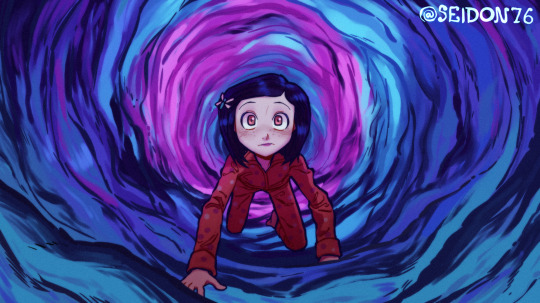
#coraline#coraline jones#otherworld#the other world#coraline movie#laika studios#studio laika#nobody artist club#neil gaiman#henry selick#neil gaiman fanart#cartoon fan art#movie fanart#stop motion#stop motion movie#procreate
114 notes
·
View notes
Text

today marks the start of my journey to draw (almost) all the Omori bosses :D
#First up is Captain Spac- I mean Space Boyf- I mean Space Ex Boyfr- I mean Space Husb- I mean Space Ex Hus- I mean yeah Captain Spaceboy#shhh let’s not talk about how his jacket is the wrong colour#captain spaceboy#Omori#omori spaceboy#space boyfriend#space ex boyfriend#space ex husband#omori fandom#omori fanart#headspace#otherworld#his pink hair is so cuteee#omori captain spaceboy#space boy fanart#capt spaceboy#omori art
375 notes
·
View notes
Photo

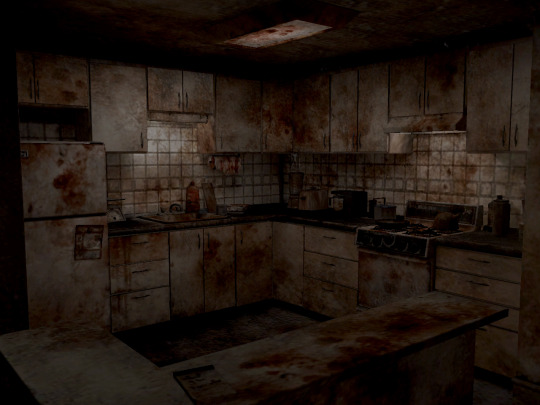

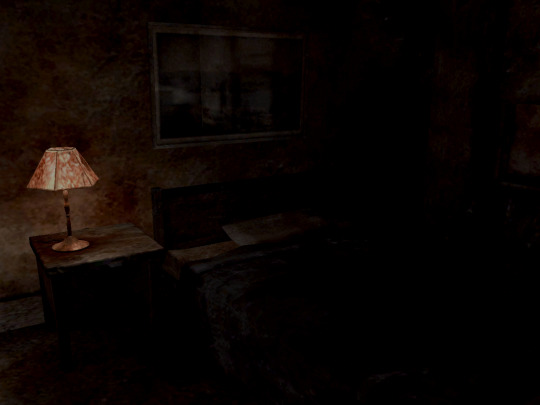


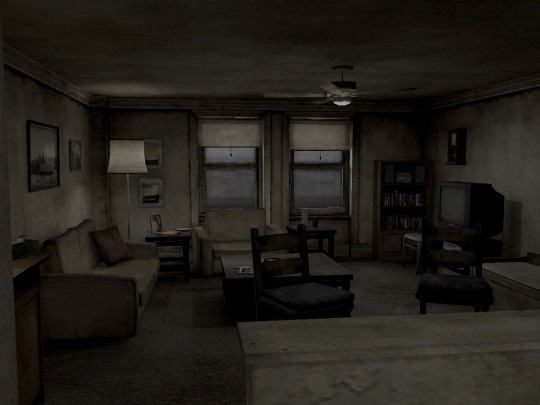

Silent Hill 4: The Room - Room 302
#silent hill#horror game#game#horror#silent hill 4#silent hill 4: the room#silent hill 4 the room#room 302#otherworld
2K notes
·
View notes
Text

SILENT HILL.
#teamsilenthill#silent hill#silent hill 1#sh 1#just cats#harry mason#otherworld#silenthilledit#psx#horror games#survival horror#horroredit#videogameedit#videogamesdaily#masahiro ito#gamingnation#gamingnetwork#gamingedit
817 notes
·
View notes
Text










By Harvey Brown
#nestedneons#cyberpunk#cyberpunk art#cyberpunk aesthetic#art#cyberpunk artist#cyberwave#megacity#futuristic city#scifi#scifi art#scifi aesthetic#scifi geek#scifi world#otherworld#ai art#ai artist#ai artwork#thisisaiart
223 notes
·
View notes
Text


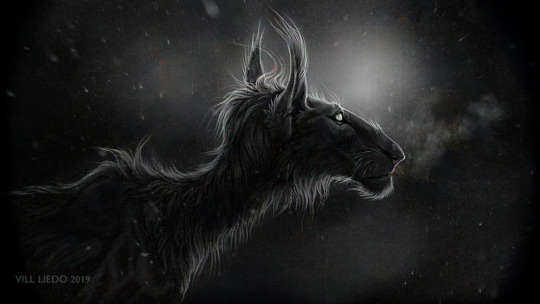

«No longer dreaming, but not awake either, feeling stuck in a kind of sleep paralysis. Drowning in the dark depths, piercing them with light. Exhausted and shattered, frozen and shocked. Whispering and begging to wake up. Deafened by the scream of light»
Some of my personal art from 2018-2020 ~
#art#digital drawing#dark art#surreal art#otherworldly#otherworld#black and white#creature art#personal art#old art#memories#Villiedoom
202 notes
·
View notes